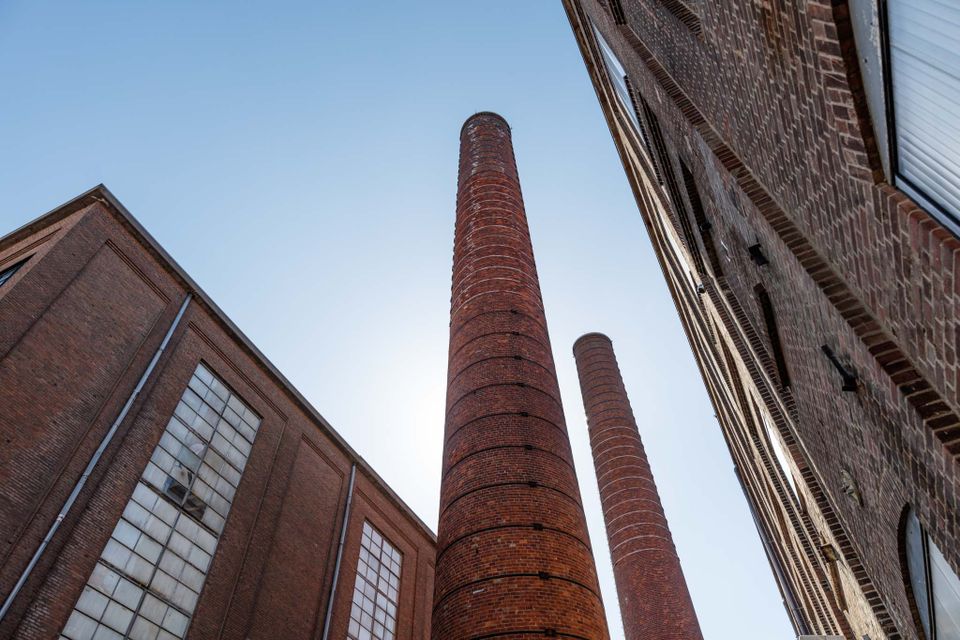Our sugar history
From peat to madder and sugar beet
Four sugar mills in one town. The name sugar city for Zevenbergen did not come out of the blue. Yet, sugar cultivation was not a prominent matter in this former town of Holland. We take you on a journey through the history of our sugar and tell you how Zevenbergen became the sugar city of the Western region of Brabant.
From peat to grain, flax, and madder
By the mid-13th century, Zevenbergen was known as a trading town. The local economy grew thanks to peat production and the accompanying exports strongly. As a town of Holland, Zevenbergen acquired city rights and was run by the Lords of Zevenbergen. While the town was previously connected to South Holland, the Saint-Elisabeth flood of 1421 turned Zevenbergen into an island. As a result, the town fell into decline.
Impoldering once again
In the early 16th century, Zevenbergen's renewed impoldering (land reclamation) began. The town was in the middle of an 80-year war during these turbulent times. Nevertheless, agriculture flourished, and grain, buckwheat, flax, and especially madder became regional products. When the cultivation of madder lost its value around 1870 due to the discovery of synthetic alizarin, the economy of Zevenbergen fell into decline again.
Meanwhile, the first sugar factory in the Netherlands was already built in Zevenbergen. De Azelma factory was established in the town as early as 1858. Farmers had little interest. The sugar beet harvest always disappointed, and there was more money to be made with grain.
Free seed and manure
The story of Zevenbergen as a sugar city slowly took off when factory owners issued free seeds and manure to local farmers. This allowed them to grow unlimited quantities at no cost. When the price of grain dropped around 1930, sugar beet became really interesting. By now, Zevenbergen had no less than four sugar factories. A new railroad line was built, and the economy flourished again.
The role of the factories was significant. Directors were willing to act as a bank to support farmers financially. The typical Zevenbergen villa Waterloo was built, and the harbor played an important role. This is how Zevenbergen's current street scene came into being.
Industrial heritage
Slowly, the sugar industry changed. Factories closed, and the production moved to the Suikerunie (major sugar company) in Dinteloord. Only one factory remained, which still forms one of the most characteristic locations in the old sugar city. Yet, beet cultivation has not completely disappeared. Moerdijk farmers still grow plenty of sugar beet. During the annual beet campaign, the beet processing odor can be strongly smelled in the area. In this way, the sugar beet stays with us a little.
Are you curious about the industrial heritage of Zevenbergen?
Book a guide and learn about the sugar history of Zevenbergen or visit Museum Zevenbergen and discover the story yourself!

